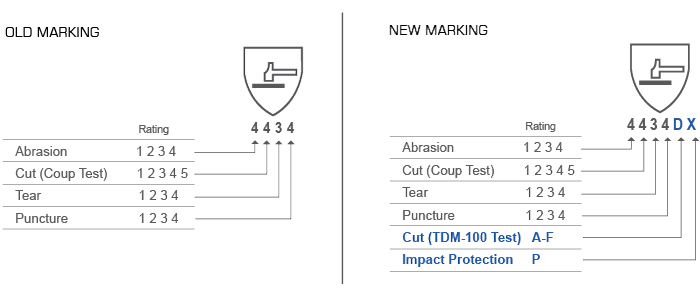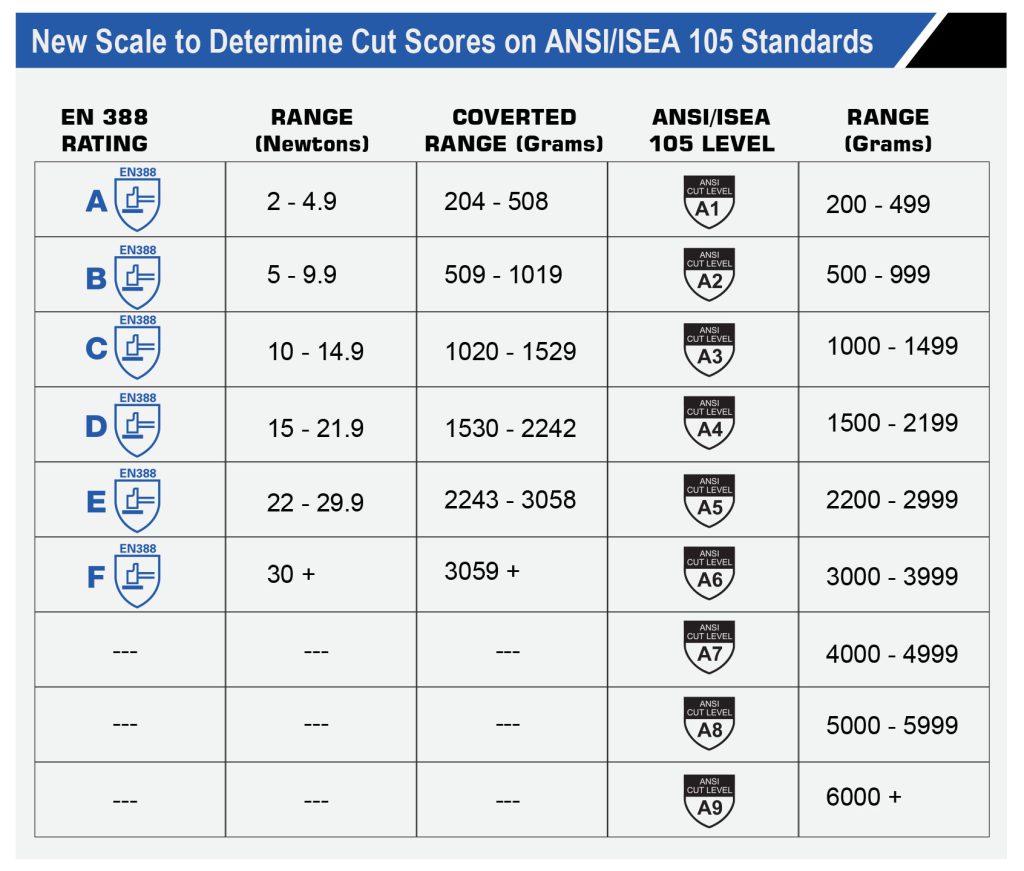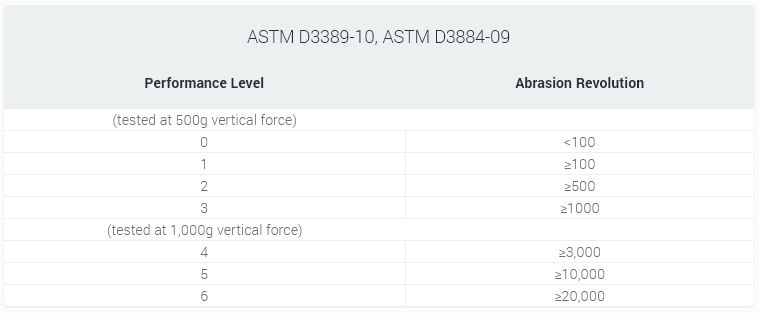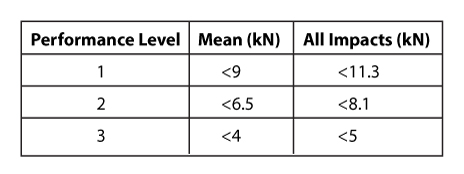UNDERSTANDING THE Standards
When looking for protective gloves, it is essential to know and understand
the marking and symbols that shows in the gloves.

The Personal Protective Equipment Directives (89/686/CEE) and (93/68/CEE) have been enacted by the European Community to ensure harmonization of regulations regarding testing of all PPE sold within the community.
CATEGORY
CE Category I
Simple Design – for minimal risks.
Gloves under this category are designated for ‘minimal risks’ applications, where risk of injury is slight.
CE Category II
Intermediate Design – reversible risks.
Products are type examined by an approved body where they examine the manufacturers’ technical specifications and conduct tests for the relevant standards to ascertain their conformity and/or performance against specific risks.
CE Category III
Complex design – irreversible risk or mortal risk.
Gloves in this category protects against risk that may cause very serious consequences such as death or irreversible damage to health. The gloves must be marked with pictograms showing gloves protection properties and must be tested at an accredited test institute.

Markings
Each glove carries the manufacturer’s logo, the reference, the size and CE mark. If it is classed in category III, the number of the notified body that carried out the tests also appears on the glove.
General Requirements for
Protective Gloves
Dexterity (1-5)
Higher rating means greater performance.
5 is the highest possible rating.
Innocuousness (pH)
All gloves are checked for compliance in terms of their pH value (between 3.5 and 9.5).
Performance levels
Higher rating means greater performance.
0 being the lowest rating.

The EN 388 standard applies to all kinds of protective gloves in respect of physical and mechanical aggression caused by abrasion, blade cut, puncture and tearing.
Gloves Giving Protection
From Mechanical Risks
CHANGES TO THE MARKINGS
To account for the new additions of the TDM-100 cut test and impact test to the EN 388 standard, the glove marking will now feature two additional components as seen in the “New Marking” diagram.

NEW TEST METHODS
ABRASION TEST
New abrasive test paper will be used. Some abrasion scores may change when a product is recertified under the new test conditions.
CUT TEST
If the TDM-100 test is used, a letter between A and F may appear on the marking to represent cut resistance. A letter was chosen to avoid confusion with the Coup Test results.
IMPACT TEST
This test is new to the EN 388:2016 standard and is optional. It should only be included for gloves that claim specific impact resistant properties. The marking will include a ‘P’ to indicate the glove has passed the impact test.


EN ISO 374 consists of the following parts, under the general title \Protective gloves against dangerous chemicals and micro-organisms:
Gloves Giving Protection
From Chemical Risks
— Part 1: Terminology and performance requirements for chemical risks
— Part 2: Determining resistance to penetration
— Part 3: Determination of resistance to permeation by chemicals
— Part 4: Determination of resistance to degradation by chemicals
— Part 5: Terminology and performance requirements for micro-organism risks were not expounded.
What’s New in the EN ISO 374:2016?
Part 1: Terminology and performance requirements for chemical risks.
OLD EN ISO 374:2003
- Gloves protecting from chemicals and micro-organisms.
- Assumption of protection againsts micro-organisms.
- 12” test chemicals.
- Beaker for “ waterproof protective gloves with limited protection against chemcals.
- Pictogram of conical flask with atleast 3 letters for test chemicals.
NEW EN ISO 374:2016
- Gloves protecting from dangerous chemicals and micro-organisms.
- Removal of reference to micro-organisms in the text.
- Number of test chemicals increased 12 to 18.
- Beaker no longer used.
- Gloves classified as Type A, B or C.
- Change of labeling on the product; pictogram of conical flask with differing number of the letters for test chemicals per type.

The American National Standards Institute (ANSI) has released a new edition of the ANSI/ISEA 105 standard (2016 ed.). The changes include new classification levels, which includes a new scale to determine cut score (commonly referred to as the ANSI cut score), and a revised method for testing gloves to the standard.
NEW ANSI/isea 105 (2016 edition)
FOR CUT RESISTANCE

NEW SCALE TO DETERMINE CUT SCORES
The new ANSI standard now features nine cut levels significantly reducing the gaps between each level and better defining protection levels for the cut resistant gloves and sleeves with the highest gram scores.
ABRASION RESISTANCE ANSI/ISEA 105 (2016 edition)

Abrasion test measures how well the glove resists loss of material from rubbing on rough surfaces. Larger numbers of cycles indicate greater abrasion resistance.
ASTM D3389-10 is used for coated gloves and the end point (failure) is the number of abrasion cycles when the film or coating is worn through.
ASTM D3884-09 is used for un-coated gloves and the end point is the number of abrasion cycles when the first threat or yarn is broken. Note: Same with the ANSI Cut, the new abrasion levels will have an “A” listed in front of them in order to differentiate it from the old ones.


American National Standard for Performance and Classification for Impact-Resistant Gloves
ANSI/ISEA 138:2019
FOR IMPACT RESISTANCE
To address the gaps in appropriately evaluating performance of a glove’s dorsal protection and assist employers in making informed product selections, the International Safety Equipment Association (ISEA) has developed this new standard to establish testing, classification and labeling requirements for occupational gloves providing back-of-the-hand impact protection. These are commonly used in the automotive, heavy equipment and construction operation, cargo handling, oil /gas and towing/transportation industries. Compliant gloves are evaluated for their capability to dissipate impact forces on the knuckles and fingers and are classified accordingly. The resulting classifications can be used by employers as a reliable means of comparing different products on an equal basis when selecting hand protection relative to the tasks being performed.
ANSI/ISEA 138-2019 impact resistant gloves laying on table ANSI/ISEA 138-2019 goes in-depth and defines levels of impact using an impact-protection scale. The scale goes from 1-3, level 1 being applicable for people encountering less-probable impact, while level 3 is applicable for people encountering more impact in their workplace. An impact-resistant glove can have multiple numbers of the scale attributed to it, but the glove will be assigned with the lowest number. This means that if a glove has a performance level of “3” in finger protection and a performance level of “2” in knuckle protection, it will overall be rated at a performance level “2”. The difference between levels is measured by Kilonewtons (kN) that can be seen in the table below. While the numeric value of kN goes down for each level, that doesn’t mean that the glove can take less force. It actually means the opposite. A lower recorded Peak Transmitted Force means more energy is absorbed by the glove’s back-of-hand-material.” With this in mind, the lower kN measurement for each performance level equates to a glove that is more safe from impact.


